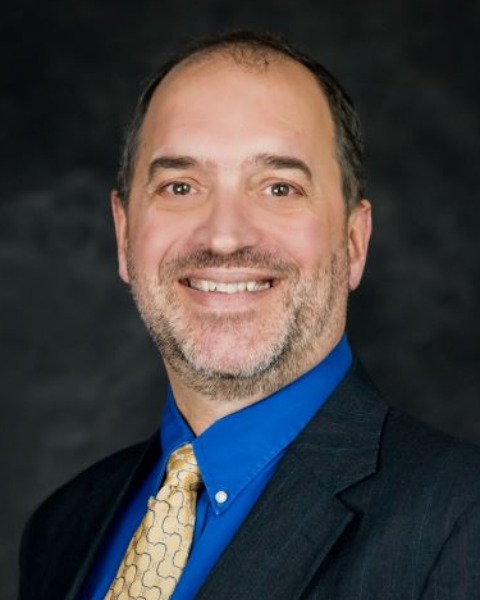A digital twin controller running a hybrid model, fed with live and historical data, is being tested at several sites to determine its ability to remove and manage nutrients more efficiently and simplify operations for wastewater plant operators.
The results will be reported in a paper by Jacobs Engineering at the CWEA Annual Conference in Sacramento in April.

Bruce R. Johnson Jacobs
Author Bruce R. Johnson of Jacobs says the project is being developed, piloted, and evaluated through the Water Research Foundation’s Project 5121, exploring innovative predictive control strategies for nutrient removal. The paper will report on results at the Clean Water Services (CWS) Durham facility, a 24 mgd BNR treatment plant located at Tigard, Oregon. The facility must meet a stringent seasonal monthly median effluent phosphorus limit. Operators add alum to the primary clarifiers to trim phosphorus loads to the aeration basins.
The digital controller has been named ODIN, for Operational Decision-making Intelligence for Nutrient control. The hybrid controller combines the strengths of machine learning with mechanistic modeling, using both the live data from the plant’s SCADA system as well as historical and current laboratory data.
Its components include data tools, a raw sewage soft sensor that estimates 15-minute influent flow and concentrations, machine learning-based autocalibration of the mechanistic model at its core, machine learning-based forecasting, and a machine learning-based emulator of the mechanistic model.
“The controller is designed to take the guesswork out of alum addition and simplify the process for operators,” says Johnson. The data gathered and processed by the controller result in more precise alum addition, improving treatment results while saving money spent on chemicals.
“Normally, various wastewater treatment plant data can be contradictory,” adds Johnson, resulting from human error and conflicting records. “This new tool forces an integration of a variety of data sets and gives us the best-integrated information. This helps operators to make time-relevant decisions quickly that were not feasible before.”
The Tigard project is just one of four ODIN pilot studies. Others at Pima County, AZ, Alexandria, VA, and Tacoma, WA, are also part of the WRF 5121 project, all focused on various aspects of nutrient removal.
“Each one is different,” says Johnson. “We’re anxious to present the paper at the conference and get the word out to utilities on what’s possible in this new area of combined machine learning and mechanistic modeling.”